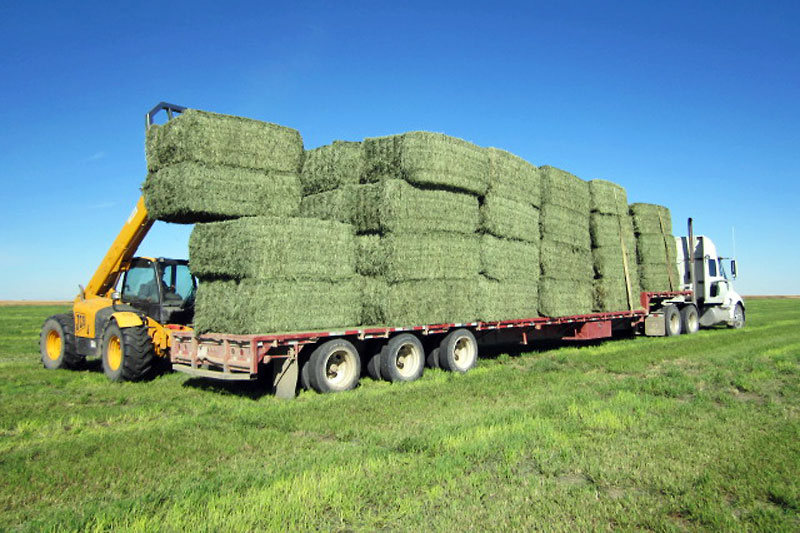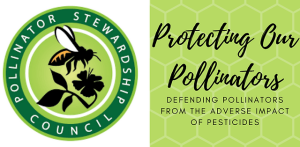About 35% to 50% of the season’s total alfalfa yield is harvested in the first cut, making your first trip across the field critical to a successful silage harvest.
In the East and Midwest, there’s often a high desire among producers to wait to harvest because they’re going to substantially increase their yields for every day they wait. However, there is a downside to waiting.
“In Pennsylvania, we may see a 200- to 400-lb. increase per day per acre; Wisconsin is a little bit lower than that, and when you get out to Idaho, they see larger increases per day with later cuts because they irrigate,” says Marvin Hall, professor of forage management at Penn State University.
The downside to waiting is that the fiber content of the forage is going up as the yield goes up, so it’s a compromise between quality and yield.
When to Take Your First Cut
When to cut depends on which animals are going to be consuming the forage.
For high-producing dairy cows, producers should monitor the forage quality and harvest to meet the quality needs of the animal. Waiting to maximize dry matter yield will require the sacrifice of quality, so much so that it will likely impact milk production.
Beef cow producers have much more leeway because beef cattle don’t have the high nutrient requirements that dairy have. Therefore, producers can delay harvest, maximize yield and tonnage to the fullest extent, and still have adequate nutritional quality for their beef herd. Beef cows are moving out to pasture where they’re getting good forage, and producers are using hay as a supplement to add fiber.
“The big dilemma with making a good alfalfa first cut in the spring is that each year is different,” says Hall. “With our varying weather, it’s difficult to pick a specific date, so we’ve got to monitor the plant development based on the temperatures and the field growing conditions.”
Monitoring Plant Development
The key is to monitor the development of the plant. Amid good growing conditions with warm weather early in the spring, plant development may be well ahead of schedule.
“Producers should watch for buds and little bulbs to begin forming at the end of the stem,” Hall says. “As soon as you see buds, quality really starts dropping pretty quickly. By the time you see flowers, you’re really late from a quality standpoint.”
“For a lot of operations, it may take a week to get all their alfalfa mowed,” Hall says. “Given that you don’t want to see a flower on any plant – even the very initial part of flowering – that means a producer has got to start mowing five to seven days earlier to be done before flowering begins and hope for good weather. The alternative is a loss in quality.”
A Need for Speed
More and more producers in the Midwest and eastern U.S. are taking their first cut off as baleage or haylage because it gets the forage off the field quicker and there is less concern about the weather conditions.
“Baleage and haylage only take a day to dry, and regrowth can begin right away versus three to five days,” Hall notes. “Plus, it’s a lot less labor than making dry baled hay.”









